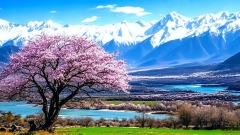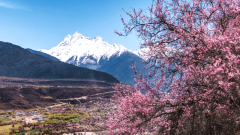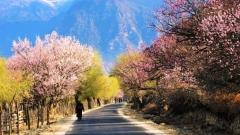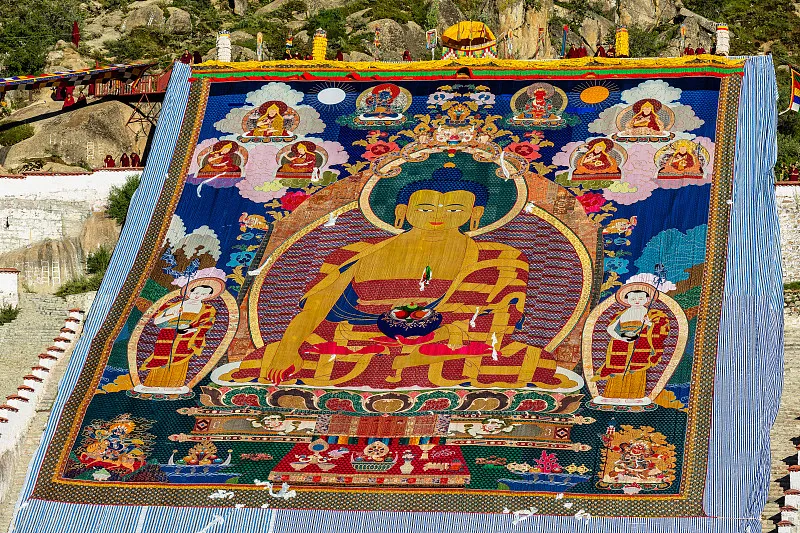Why Tibetan Buddhism Captivates Travelers? Tibetan Buddhism – often called Lamaism – is a rich, living religious tradition that blends ancient Indian Buddhist teachings, indigenous Tibetan beliefs and centuries of ritual, art and scholarship. For international travelers, it offers an unforgettable combination of soaring mountain monasteries, colorful festivals, meditative practices and a worldview in which landscape, myth and daily life are inseparable.
Origin And Early Influences of Tibetan Buddhism
Tibetan Buddhism evolved from a complex mix of influences. Before Buddhism arrived in Tibet there existed an indigenous spiritual system — often called Bon — whose rites, cosmology and sacred geography shaped local beliefs. From the 7th century onward, Buddhism was introduced and institutionalized through royal patronage, intermarriage with Buddhist princesses from neighboring kingdoms, and sustained contact with Indian teachers. Over centuries, Indian tantric practices blended with local ritual forms, producing a distinctly Tibetan expression of Buddhism characterized by tantric ritual, elaborate visualization practices, and a strong tradition of monastic scholarship.
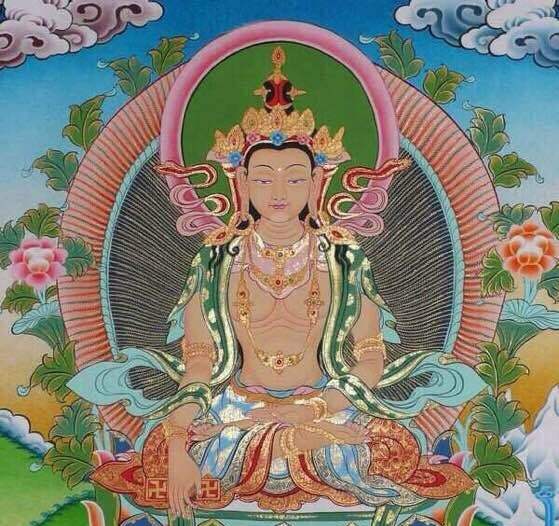
Shenrab Miwo, the founder of Bon
History And Development of Tibetan Buddhism
The history of Tibetan Buddhism can be seen as cycles of promotion, suppression and renewal. Early royal support helped establish Buddhism as the state religion in the first millennium; later episodes of political instability led to periods of decline. Starting in the 10th and 11th centuries, renewed translations of Indian texts and the arrival of influential teachers led to a renaissance. Over time this religious revival diversified into multiple schools, each emphasizing particular practices, lineages and modes of training. By the 15th century the major institutional frameworks had largely taken shape, including systems for recognizing reincarnate lamas and for organizing large monastic institutions.
Major Sects Of Tibetan Buddhism
Tibetan Buddhism is commonly divided into five major schools. Each school has its own history, emphasis and institutional heartlands, yet all share core Mahayana and Vajrayana principles.
Kadampa – The Foundational Reform School
The Kadampa school emerged around the teachings of an influential Indian master who emphasized ethical discipline, study and practical instruction for lay practitioners. Kadampa teachings had a lasting impact on later traditions by codifying basic monastic practice and meditation methods. Although the distinct Kadampa institutional identity largely merged into later schools, its spirit survives in structured study programs and ethical disciplines in Tibetan monasticism.
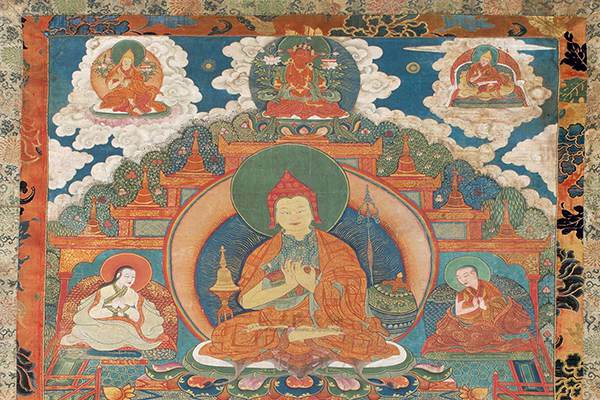
Atisha, the founder of Kadampa
Nyingma – The Old School
Nyingma, meaning “ancient,” traces its lineage to the earliest tantric transmissions into Tibet. It honors early tantric masters and places special emphasis on Dzogchen — a set of teachings and meditative practices that point to the natural, primordial state of mind. Nyingma is often known for its rich ritual life, terma (revealed treasure texts) tradition, and a more flexible approach to monastic celibacy in certain lineages. Its monasteries and retreat centers preserve centuries of oral transmission, ritual art, and living meditation practice.
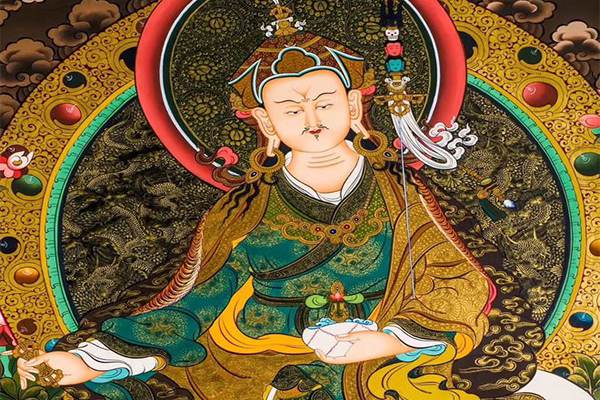
Padmasambhava, the founder of Nyingmapa
Kagyu – The Practice-Oriented Lineage
Kagyu schools emphasize direct, experiential methods of meditation transmitted from teacher to student. Known for the practice of Mahamudra (a meditative system focusing on the nature of mind) and for long solitary retreats, the Kagyu tradition has produced many accomplished meditators renowned for their mastery of yogic techniques. Lineages within the Kagyu school often emphasize discipline, retreat culture and charismatic teacher-student relationships.
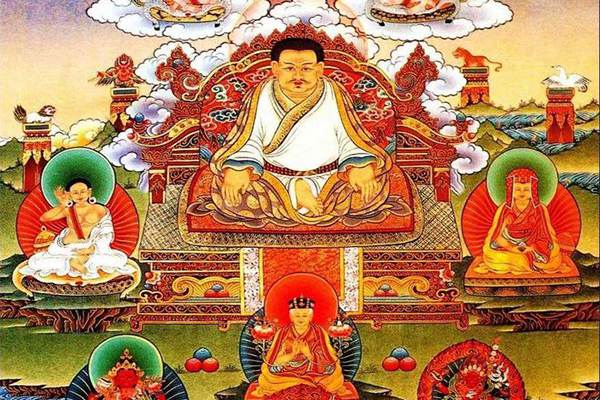
Master Marpa Rozanwa, the founder of Kagyupa
Sakya – The Scholarly-Visionary Tradition
Sakya originated as a powerful, family-based tradition with a strong scholarly orientation and a unique blend of ritual and tantric practices. The Sakya leadership historically combined lineage transmission with hereditary succession, producing a stable structure that supported sophisticated scriptural study and ritual mastery. Sakya monasteries are recognized for their textual scholarship, tantric commentaries and distinct ritual art.
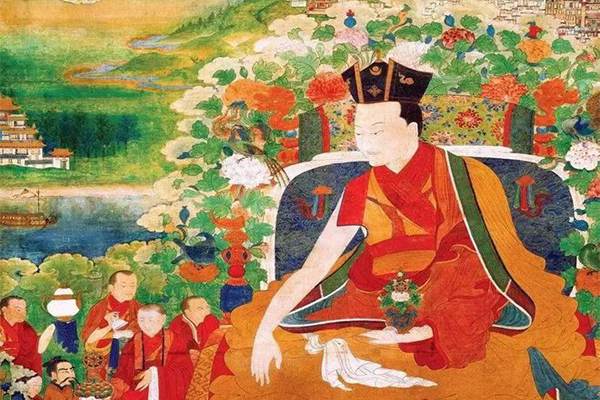
Khon Kongchog Galpo, the founder of Sakya Sect and Sakya Monastery
Gelug – The Reform And Monastic Leadership School
Gelug, sometimes called the “Yellow Hat” school, arose in the 14th–15th centuries as a movement to reform monastic discipline and emphasize rigorous philosophical study. Founded by a reform teacher who championed strict Vinaya observance and a university-style curriculum, Gelug established major monastic institutions that became centers of learning, debate and administration. Gelug’s emphasis on structured study and monastic discipline shaped the modern institutional face of Tibetan Buddhism, and it is associated with high-profile lineage systems for recognizing reincarnate leaders.
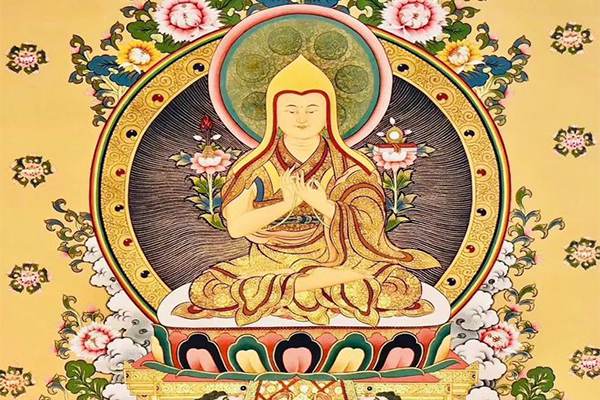
Tibetan Buddhism’s Core Doctrines And Practices
At its doctrinal heart, Tibetan Buddhism shares Mahayana goals — the aspiration to awaken for the benefit of all beings — and Vajrayana methods that use skillful means, visualization and ritual to accelerate realization.
Meditation, Compassion And Wisdom
Practice typically balances compassion (bodhicitta) with analytical study of emptiness and the nature of mind. Meditation techniques vary across schools: some emphasize analytical meditation and philosophical debate, others prioritize tantric visualization, mantra recitation and advanced yogic techniques. Across traditions, ethical conduct, generosity, and compassion are central to spiritual progress.
Tantra, Ritual And Visualization
Tantric practice is a hallmark of Tibetan Buddhism. Practitioners work with deity yoga (visualizing themselves as a deity), subtle-energy systems, mantras and elaborate rituals designed to transform ordinary perception into awakened awareness. These methods are traditionally taught within a lineage context and require proper preparation and guidance from a qualified teacher.
Reincarnation And Lineage
Tibetan traditions maintain robust systems for recognizing reincarnate lamas (tulkus), who are believed to continue the activities of previous teachers for the benefit of beings. Lineage transmission ensures an unbroken chain of instruction, and many communities center ritual life and education around their recognized tulkus.
Tibetan Buddhism’s Monasteries, Art And Festivals
Monasteries are both spiritual training centers and cultural hubs. Architecturally they blend Indian, Tibetan and local styles: whitewashed walls, tiered roofs, gilded stupas and richly painted assembly halls. Inside, prayer halls glitter with statues, thangkas (scroll paintings), mandalas and ritual implements. Monasteries house libraries of canonical texts—philosophy, tantra, tantra commentaries—and are places for debate, ritual, education and community festivals.
Monastic training combines philosophical study, ritual instruction and meditation retreat. Novices memorize texts and practice rituals; advanced students engage in years of debate, philosophical analysis, and prolonged retreats. Debate, an iconic feature in many Gelug colleges, refines logic and insight into philosophical topics like emptiness and compassion.
Thangkas, Murtis And Sacred Objects
Religious art is an active teaching medium. Thangkas depict complicated mandalas, lineage trees and deities; ritual objects such as vajras, bells, and tormas (ritual cakes) play roles in ceremonies. For travelers, a monastery’s art provides an accessible window into doctrine, lineage history and devotional life.
Festivals And Public Religious Life
Tibetan Buddhist festivals animate the calendar: masked dances, cham rituals, and public readings of scriptures transform monasteries into stages of sacred drama. Festivals celebrate founding events, harvest cycles and the lives of great masters. For visitors, festivals offer rare access to living ritual, music and costume traditions — but they also demand cultural sensitivity.
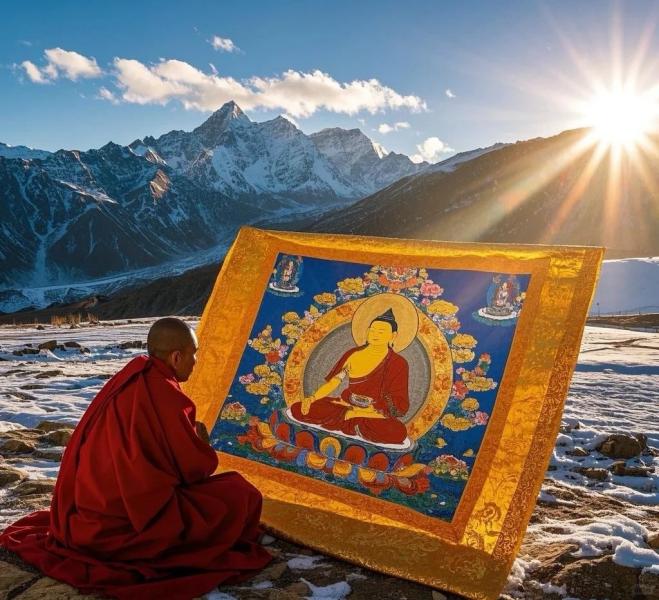
Thangka
Women In Tibetan Buddhism
Women have played varied roles across Tibetan Buddhist history: as nuns, lay practitioners, lineal treasure discoverers and teachers. While monastic hierarchies have historically privileged male monks in certain settings, many lineages support female practice, learning and leadership. Today there is ongoing interest in expanding educational opportunities for nuns and supporting female teachers.
Tibetan Buddhism’s Modern Challenges And Revival
Tibetan Buddhism today navigates modernity, globalization and political change. Monastic education has adapted in some places to include modern subjects and translation work. Tibetan teachers now travel worldwide, teaching Western students while transmitting traditional practices. Preservation of language, ritual art and monastic scholarship remains central to sustaining these traditions for future generations.
How Travelers Can Respectfully Visit
For international visitors, engaging with Tibetan Buddhism is a privilege that carries responsibilities. Here are practical guidelines:
- Dress modestly and remove shoes where required inside temple halls.
- Ask permission before photographing people, especially during rituals and private ceremonies.
- Follow local customs for donations and offerings: small monetary offerings, cents of butter lamps, or mild incense are common.
- Respect physical spaces: do not step on thresholds marked with sacred textiles, and avoid touching sacred objects unless invited.
- Listen to local guides and monks about appropriate behavior during festival events.
- Learn a few local phrases of greeting; a humble, curious attitude is welcomed more than expertise.
Why Tibetan Buddhism Appeals To International Audiences
For many Western and international seekers, Tibetan Buddhism combines a rigorous philosophical tradition with profound meditative methods and a cultural expression that transforms landscape into symbol. Its emphasis on compassion, practical ethics and transformative meditation resonates widely. Moreover, living teachers and practice communities around the globe make it accessible beyond the plateau.
Encountering A Living Tradition
Tibetan Buddhism is not a museum piece; it’s a living, breathing tradition with daily rituals, debate academies, and communities devoted to transforming suffering into wisdom. For travelers the invitation is to witness, listen and engage with humility: to let the music of ritual, the silence of retreat, and the sweep of Himalayan skies open a space for reflection. Whether you are taking your first steps into Tibetan Buddhism as a curious visitor or seeking deeper practice, the plateau offers both formidable landscapes and enormous spiritual riches.
Plan A Cultural Journey With China Dragon Travel
If you would like help designing a respectful, authentic itinerary focused on Tibetan Buddhist culture — monastery visits, festival timing, meditation retreats, and pilgrimage circuits — China Dragon Travel can help. Our local knowledge, relationships with monasteries, and experience arranging cultural programs ensure a meaningful and logistically smooth visit. Contact China Dragon Travel to tailor a journey that honors local practices and deepens your understanding of Tibetan Buddhism.




